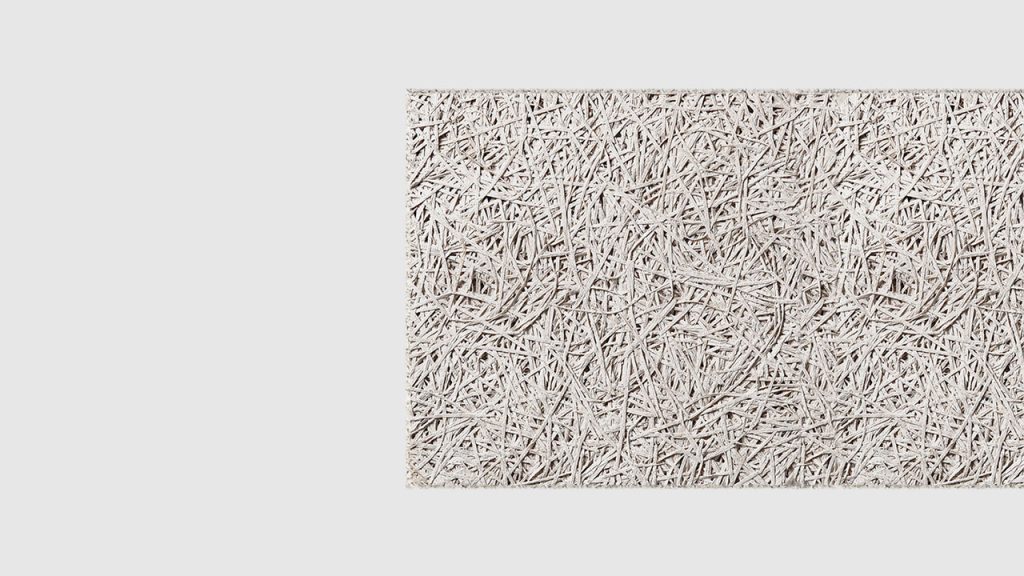
Balancing Preservation and Modernization
Compatibility with Historical Structures
Renovating historical buildings presents a unique challenge: preserving the aesthetic and structural integrity while integrating modern amenities and sustainability practices. Wood wool panels are increasingly popular in this context due to their compatibility with traditional construction methods. Their natural appearance and texture blend seamlessly with historical materials, ensuring that the visual integrity of heritage sites is maintained¹.
Non-Invasive Installation
One of the key benefits of wood wool panels is their non-invasive installation process. Unlike more modern materials that may require significant alterations to the existing structure, wood wool panels can be fitted with minimal disruption. This is particularly important in historical buildings where maintaining the original fabric is crucial².

Enhancing Building Performance
Improved Thermal Insulation
Wood wool panels are renowned for their thermal insulation properties. In historical buildings, this translates to better energy efficiency without compromising the structure’s historical value. The panels help maintain a stable indoor climate, reducing the need for extensive heating and cooling systems and preserving the building’s integrity³.
Acoustic Benefits
Historical buildings often have unique acoustic challenges due to their age and construction techniques. Wood wool panels provide excellent sound absorption, which can significantly improve the acoustic environment within these structures. This is especially beneficial in buildings repurposed for modern uses such as museums, concert halls, or educational facilities⁴.

Sustainability in Restoration
Eco-Friendly Materials
Wood wool panels are made from sustainable materials, including natural wood fibres and cement. This eco-friendly composition aligns with the growing emphasis on sustainability in building renovation. Using such materials in historical renovations helps reduce the environmental impact of the restoration process and promotes the use of renewable resources⁵.
Contribution to Green Building Certifications
Incorporating wood wool panels into historical renovations can contribute to achieving green building certifications like LEED (Leadership in Energy and Environmental Design). These certifications acknowledge efforts to improve energy efficiency, indoor air quality, and overall sustainability. Historical buildings that meet these criteria can gain additional recognition and support for their preservation efforts⁶.
Applications in Historical Buildings
Interior Walls and Ceilings
Wood wool panels are versatile and can be used in various interior applications within historical buildings. They are particularly effective as wall and ceiling coverings, providing thermal and acoustic benefits while maintaining the aesthetic integrity of the interior spaces⁷.
Exterior Facades
In some cases, wood wool panels can also be used on exterior facades to enhance insulation and acoustic performance. When carefully integrated, they can preserve the historical appearance of the building while significantly improving its energy efficiency and durability⁸.
Future Trends in Historical Renovation
Integration with Modern Technologies
The future of historical building renovations lies in the integration of sustainable materials with modern technologies. Wood wool panels can be combined with smart building systems to monitor and optimise indoor environmental conditions. This synergy enhances both the sustainability and functionality of renovated historical buildings⁹.
Research and Development
Ongoing research and development in wood wool panel technology promise further improvements in performance characteristics such as moisture resistance, durability, and fire safety. These advancements will continue to support the preservation of historical buildings while meeting modern standards of comfort and sustainability¹⁰.

References
- Ching, F. D. K. (2014). Building Construction Illustrated. Wiley.
- Harris, C. M. (2006). Noise Control in Buildings: A Guide for Architects and Engineers. McGraw-Hill Education.
- Yates, A. (2001). Sustainable Building: The Environmental Performance of Buildings. BRE Press.
- Everest, F. A. (2001). Master Handbook of Acoustics. McGraw-Hill Education.
- Spengler, J. D., Samet, J. M., & McCarthy, J. F. (2000). Indoor Air Quality Handbook. McGraw-Hill Education.
- U.S. Green Building Council. (2021, June 3). LEED v4.1 for Building Design and Construction. U.S. Green Building Council.
- Architectural Digest. (2019, October 15). Design Flexibility with Wood Wool Panels. Architectural Digest.
- Building Research Establishment. (2018). BREEAM Technical Manual. BRE.
- Smith, P. F., & Green, M. (2017, February 10). Smart Building Systems and AI Integration. Elsevier.
- Material Innovations Institute. (2023, April 18). Advances in Wood Wool Panel Technology. Material Innovations Institute.
Share